|
August 2020 marks the 100th anniversary of the 19th Amendment! Women fought long and hard for equal suffrage. In Illinois, the fight began in the mid-nineteenth century with the first suffrage meeting held in 1858 and the formation of the Illinois Woman Suffrage Association in 1869. Eureka’s embrace of women’s equality dates to the mid-nineteenth century. Walnut Grove Seminary (forerunner of Eureka College) in 1848 was the third school in the nation and first school in the state to enroll women on an equal basis. In addition, there was an equitable number of women on the school faculty during the mid-nineteenth century. Eureka College further supported public discussion of equality by hosting Susan B. Anthony on campus in March of 1870 as she conducted a speaking tour across the state on women’s suffrage. Digitized issues of the Woodford County Journal (available for free on the Eureka Public Library’s public computers) documents local interest in the suffrage movement during the late nineteenth and early twentieth centuries. During the last few years of the nineteenth century, the paper regularly noted the activities of the annual national and state suffrage conventions, including the 1897 convention of the National Woman Suffrage Association held in Des Moines, Iowa, and led by Susan B. Anthony. Legislative bills for equal suffrage were an annual occurrence in the state and regularly reported on in the Woodford County Journal. Although repeatedly voted down, suffrage supporters doggedly worked year after year to keep bringing the issue before the legislature. One article on December 17, 1897, noted there was a bill before the Illinois Senate requesting a waiver of all property taxes owned by women “during such time suffrage denied them.” No taxation without representation! Pretty sure this one was voted down too. Support for equal suffrage was closely tied to the temperance movement. The Eureka chapter of the Woman’s Christian Temperance Union (WCTU) was formed in 1878. Beginning in July of 1902, the subject of suffrage was frequently on the agenda of the group. Members read papers on the subject, including ‘Woman Needs the Ballot.” The Eureka Woman’s Club also regularly discussed the subject. In November of 1902 Eureka Woman’s Club members held a debate over whether women property holders should have the right to vote on all questions pertaining to taxation. Many community women were members of both the WCTU and the Eureka Woman’s Club. Susan B. Anthony was not the only suffragist to visit Eureka. On May 9, 1907, Dr. “Francis Wood” would be presented a lecture on suffrage. Although the paper misprinted her name, Dr. Frances Jane Woods was an active, well-known suffragist with the National American Woman Suffrage Association. She graduated from Christian College of Columbia, Missouri, in 1882 and from the Woman’s Medical College of Pennsylvania in 1894. After serving in the Philippines with the Red Cross during the Spanish-American War, Woods began lecture tours speaking about both her wartime experiences and the need for women’s suffrage (1). On July 31, 1910, suffragists Mary E. Miller and Myra Strawn Hartshorn of Chicago held a meeting on the Woodford County Courthouse lawn. Miller obtained her law degree in 1895, and Hartshorn was a public speaker, writer, and publisher. Representing the Illinois Equal Suffrage Association, the women spoke to a large crowd about the rights and conditions of women both in the United States and Europe (2). One specific friend of Eureka’s club women led to the creation of the Eureka Equal Suffrage Association in 1912. Elivra “Ella” Seass was born in Arthur, Illinois, on February 22, 1871. She attended Eureka College and graduated in 1890 with an A. B. degree. Her senior address was on the women’s movement. One of her fellow graduates was Oliver W. Stewart, who was studying for the ministry. They were married on August 20, 1890. Ella continued her studies and earned an A.B. from the University of Michigan in 1892 and an A.M. from Eureka College in 1893. Her husband became a leader in the temperance movement, speaking throughout the Midwest. He was elected to a term in the Illinois House of Representatives in 1902 on the prohibition platform and was a candidate for mayor of Chicago in 1905. Ella became active in both temperance and suffrage causes. Settling in Chicago, Ella helped organize 12 of the 21 suffrage clubs in the city. In 1905 she was elected president of the Illinois Woman Suffrage Association after serving three years as vice president. She was also the recording secretary for the National American Woman Suffrage Association. She spoke throughout the Midwest and in front of the Illinois Senate in Springfield (3). She maintained close friendships with Eureka club women, was a member of the Eureka College Board of Trustees, and visited Eureka almost every year to speak about temperance and suffrage. On February 8, 1912, she gave the Founder’s Day address at Eureka College. A few months later, on April 15, 1912, Stewart returned to Eureka and helped organize the Eureka Equal Suffrage Association. The group was formed at the home of Mrs. Stephen Hart with 31 charter members, representing “nearly every club and society” in town. Elected officers included Mrs. Stephen Hart, Mrs. Jo Major, Miss Meda Engel, and Mrs. J. M. Allen. The group conducted regular, well-attended meetings with guest speakers on national, state, and local suffrage efforts. During this period from 1912 to 1913, state activity increased to obtain legislative action on suffrage. In August of 1912 there was a state-wide effort to circulate a petition to put suffrage on the November ballot. The effort to have a minimum of 100,000 signatures failed, however, by 40,000 signatures. In December of 1912, the Woodford County Journal reported that author Charlotte Perkins Gilman spoke in Springfield and predicted Illinois would be the last state to grant suffrage. Thankfully, she was wrong! On June 26, 1913, Illinois Governor Dunne signed a bill granting partial suffrage to women in the state. Women could now vote for president, vice president, and for county and local offices. The state needed a constitutional amendment for women to vote for federal and state senators and representatives. During subsequent elections, women had separate ballots and ballot boxes. The Eureka Equal Suffrage Club did not stop their work, however. Their attention turned to educating newly enfranchised women on voting. Eureka Equal Suffrage members also attended the state convention of the Illinois Equal Suffrage Association held in Peoria at the Woman’s Club Building in November of 1913. Local attendees included Annie Davidson, a member of the Eureka Woman’s Club, WCTU, and the Eureka Equal Suffrage Club. She later willed her family home to be our public library. Despite the granting of partial suffrage, the fight did not wane for full suffrage. The Eureka WCTU continued to regularly discuss the status of suffrage in the state and nation. The Woodford County Journal regularly gave status updates on the suffrage question with listings of which states granted full suffrage. Ella Stewart returned to Eureka in February of 1917 to speak at Eureka College and assist in the organization of the Suffrage Amendment Alliance Association, which appears to have been designed to continue the work of the Eureka Equal Suffrage Association. A little over two years later, in May of 1919, the U.S. House of Representatives passed the federal woman suffrage amendment, and the U.S. Senate passed it on June 4. Illinois was the first state to ratify the amendment on June 10! The Woodford County Journal issued an editorial statement marking the happy occasion. On August 26, 1920, after ratification by the 36th state, the 19th Amendment became part of the Constitution. Happy 100th Anniversary of the 19th Amendment! For further reading:
1. Lindell, Lisa. (2014) “A Woman of Her Time: Dr. Frances Woods and the Intersection of War, Expansionism, and Equal Rights.” https://openprairie.sdstate.edu/cgi/viewcontent.cgi?article=1025&context=library_pubs 2. Hvizdak, Erin. (n.d.) “Biographical Sketch of Mary Eva Miller.” https://documents.alexanderstreet.com/d/1009860030 3. Osborne, Mary. (n.d.) “Biographical Sketch of Ella S. Stewart.” https://documents.alexanderstreet.com/d/1009639934. Schlesinger Library, Radcliffe Institute. Papers of Ella Jane Seass Stewart. https://hollisarchives.lib.harvard.edu/repositories/8/resources/9715 6/14/2021 10:41:03 am
I am the great grand nephew of Annie Malone Peoria’s and the country’s first black female millionaire whose niece Hattie Moody attended Eureka and nephews who Moody street is named after. I would like to share her story and book with your organization. Comments are closed.
|
AuthorLibrarian Cindy O'Neill loves researching local history! She has extensive experience in historical research, genealogy, and archival resource management. She previously worked in the archaeology and museum fields and has Master's degrees in both history and library science. Recent local history projects include a history of the Eureka Pumpkin Festival, the creation of a digital archive of festival photos and memorabilia on the Illinois Digital Archives website, and an architectural history of the Eureka Christian Church (Disciples of Christ). Archives
January 2021
Categories |

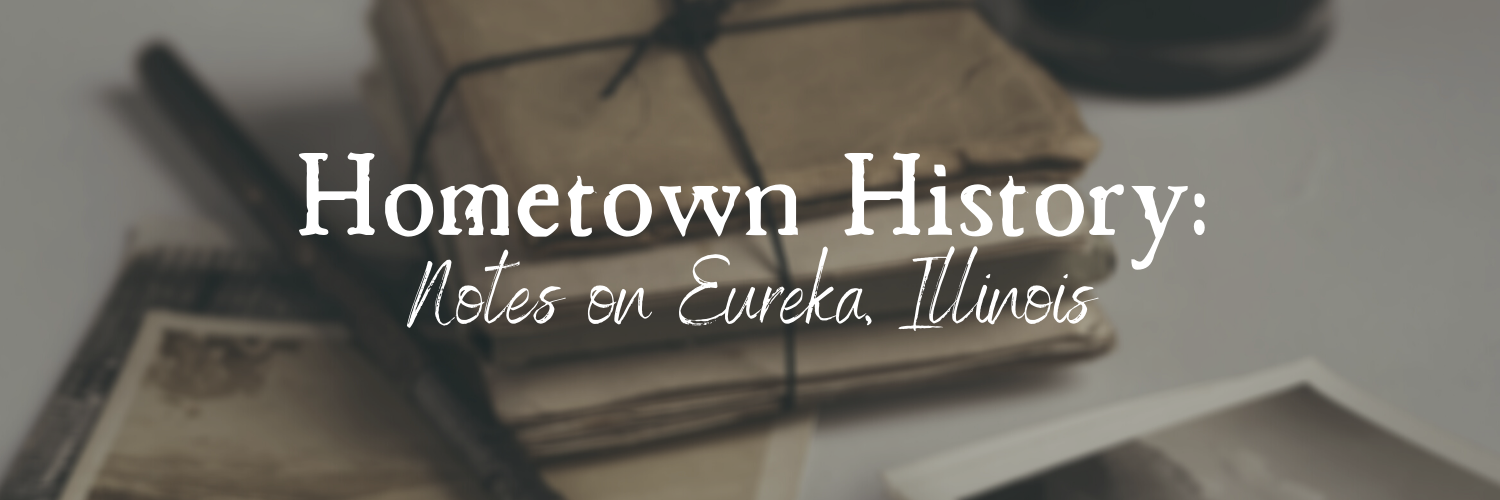
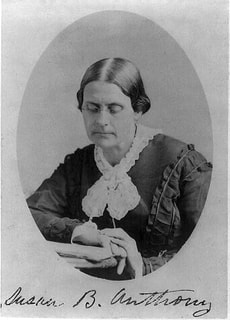
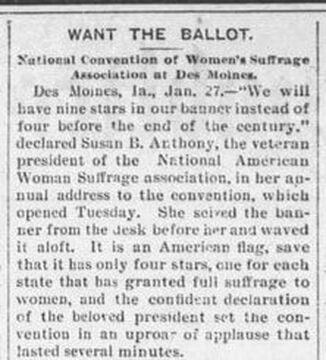
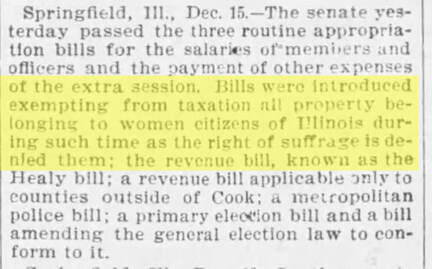
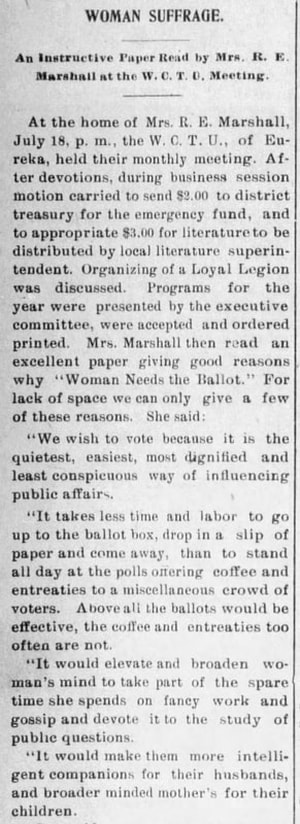
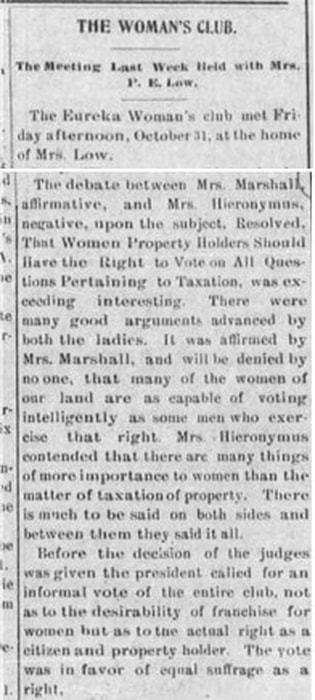
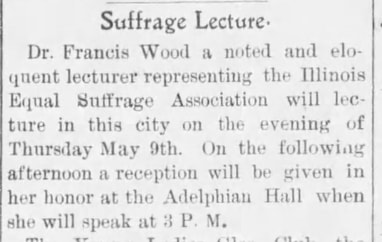
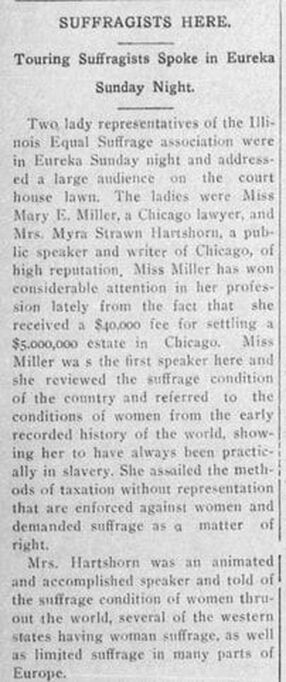
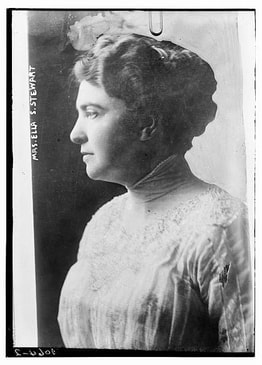
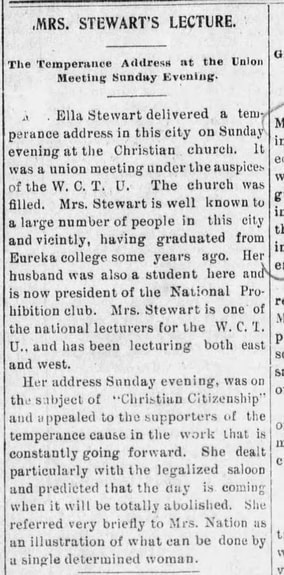
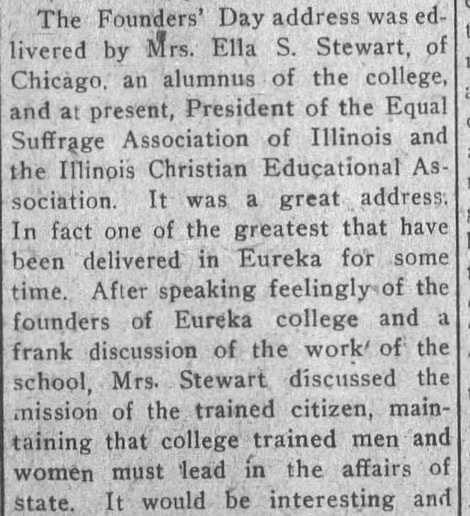

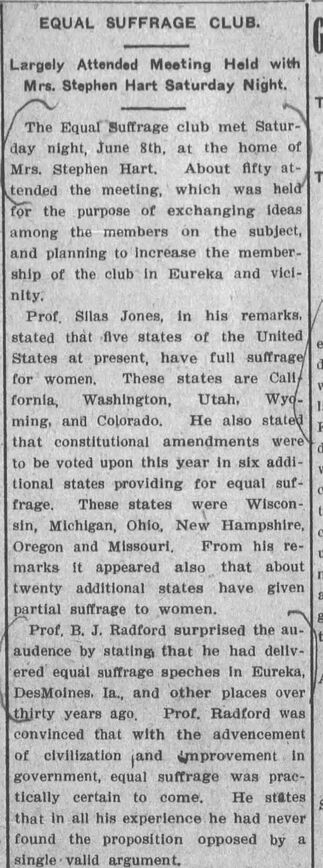
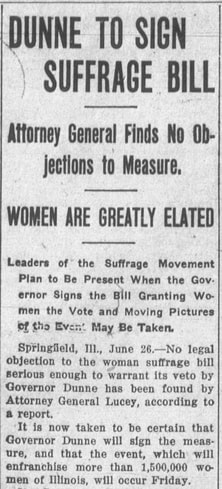
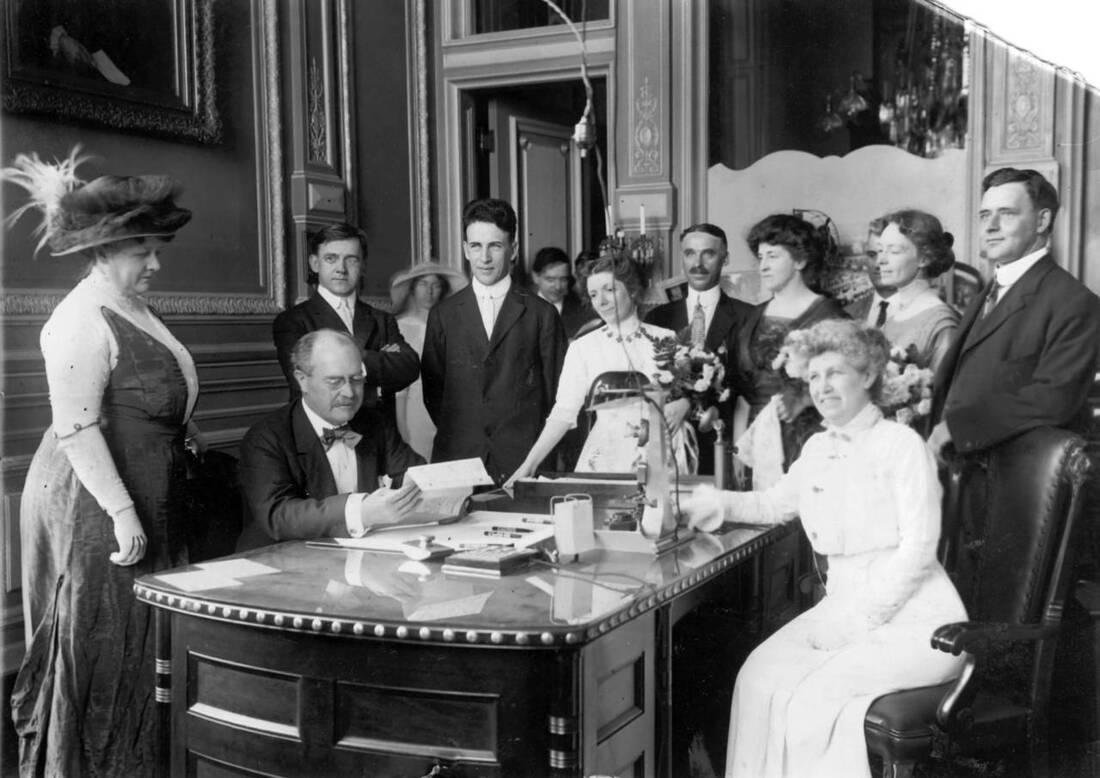
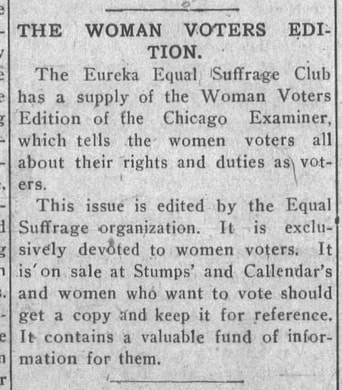
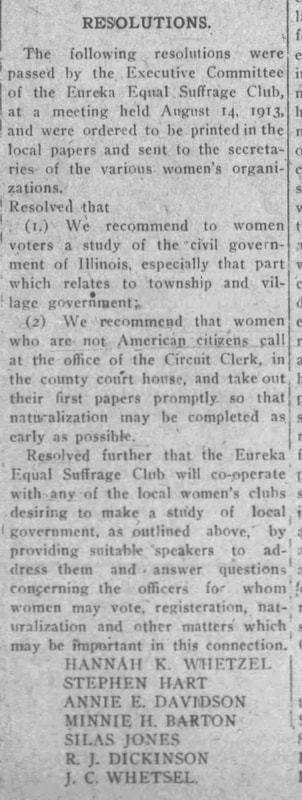
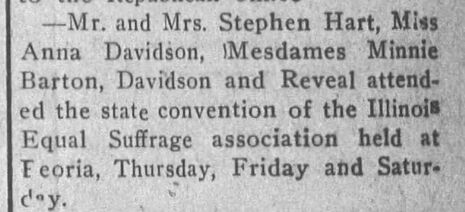
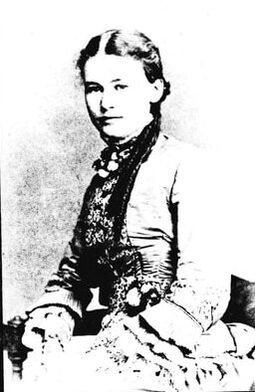
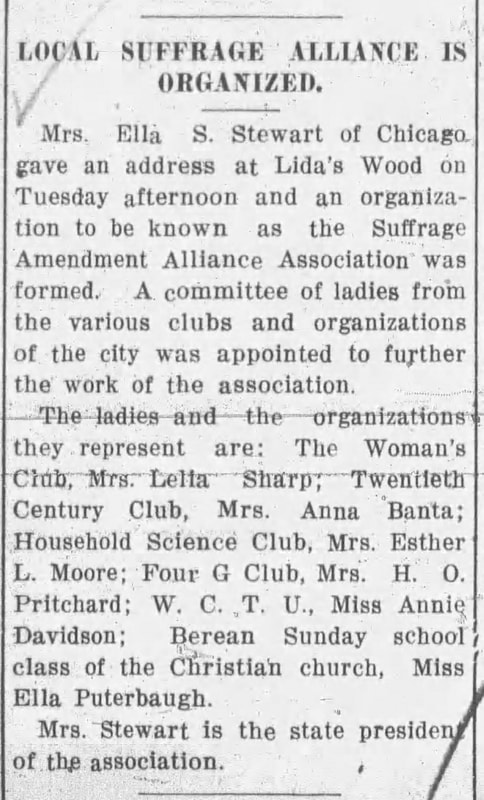
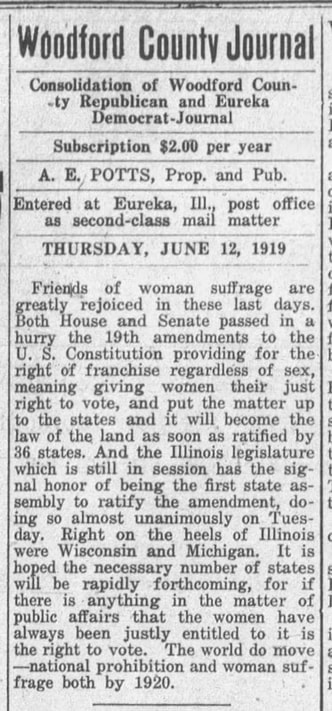
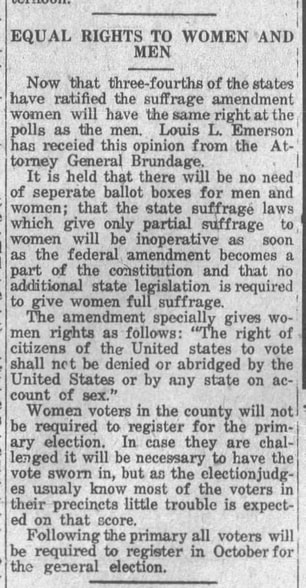
 RSS Feed
RSS Feed